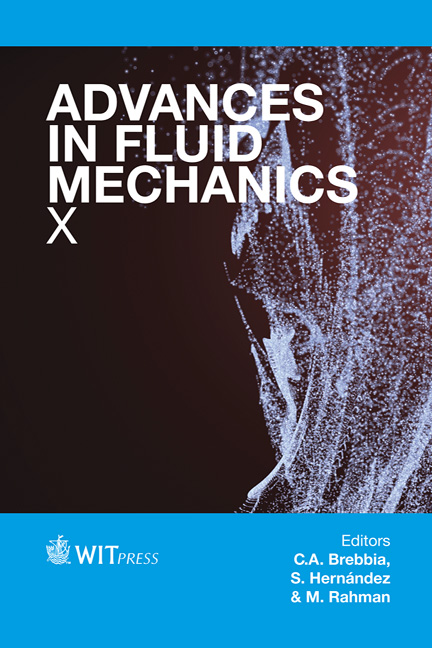Assessment Of The Aerodynamic Response Of Bridge Decks By Means Of 2D Reynolds Averaged Navier-Stokes Simulations
Price
Free (open access)
Transaction
Volume
82
Pages
11
Page Range
407 - 417
Published
2014
Size
1,383 kb
Paper DOI
10.2495/AFM140351
Copyright
WIT Press
Author(s)
F. Nieto, S. Hernández, I. Kusano & J. Á. Jurado
Abstract
The results of several bridge decks 2D steady and unsteady RANS (Reynolds Averaged Navier-Stokes) simulations are reported in this work. The focus has been put on the potential of CFD based simulations in industrial applications in the realm of bridge engineering aerodynamic and aeroelastic problems. The force coefficients of a box deck have been computed at different angles of attack finding a good match with the experimental data available in the literature. Also CFD steady simulations have been used to obtain the force coefficients of a Π section considered in the original design proposal of a cable-stayed bridge. Based on the numerical computations, modifications in the original design have been proposed adding fairings and baffles which showed an improved aerodynamic response. The scale effects in the performance of guide vanes for mitigating the vortex-induced response of a twin box girder have been analyzed by means of CFD obtaining a good agreement with experimental measurements. Finally the effect of wind barriers in a twin box deck have been assessed based on the spectrum of the lift coefficient for both the cross-section fitted with or without wind barriers. Keywords: CFD, bridge deck, RANS, URANS, force coefficients, vortex shedding.
Keywords
CFD, bridge deck, RANS, URANS, force coefficients, vortex shedding.





